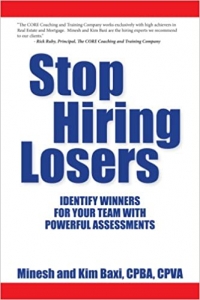Blogging for Window Shoppers and Tire Kickers

“Many of the folks who come to see me aren’t necessarily looking for a new plan or a new planner,” financial advisor Zach Fox, AAMS®, says. “They may just be looking for confidence in their existing plan.”
Diane Wingerter, certified grantwriter and owner of GrantWriting for Goodness™, agrees. “Yes”, “no”, “maybe”, or “not now” are all possible responses by people who are seeking funding – or, indeed, by funders themselves, she notes.
Blog marketers need to approach readers with a similar mindset. Will blog marketing “close deals” in the same manner as a face-to-face encounter between a prospect and a sales professional? Of course not. Hubspot blogger Corey Wainwright lists some of the indirect selling benefits of blogs and their place in the sales process:
- If you’re consistently creating content that’s helpful for your target customer, it’ll help establish you as an authority in their eyes.
- Prospects that have been reading your blog posts will typically enter the sales process more educated about your place in the market, your industry, and what you have to offer.
- Salespeople who encounter specific questions that require in-depth explanation or a documented answer can pull from an archive of blog posts.
Blogging is what marketing firm pardot.com calls stage-based, meaning that prospects move through different stages of the sales cycle. In one study, Pardot found that B2B consumers started their research with Google, then returned two or three times for more specific information. For prospects at the top of the “funnel”, the most effective content will be light, educational and product-neutral. Later in the cycle, readers who are already sold on your industry, just deciding among vendors or providers, need more specific information.
The “maybes”, the “not nows”, and readers looking only to bolster their confidence in their existing plans or product choices will come away with a positive experience and valuable information. On the other hand, readers who have reached the final decision-making stage might just be ready to consider your unique value propositions and to follow one of your Calls to Action.
In blog marketing, don’t ignore the window shoppers and tire-kickers!





Follow us online!